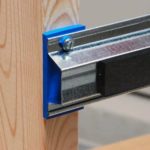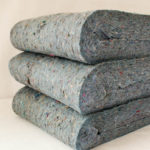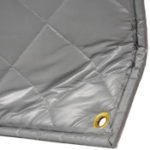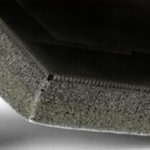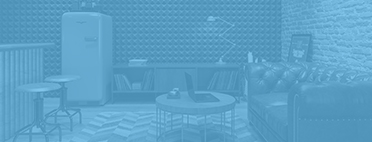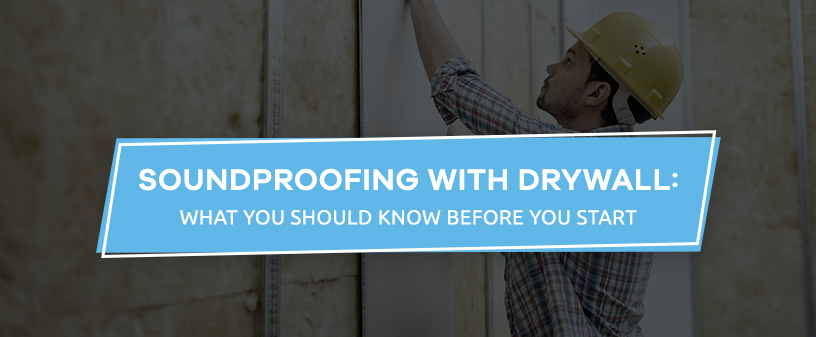
If you re dealing with noise you do not want — whether it is the TV from the next room or traffic just outside your property — your walls are probably the first place to start soundproofing. And when we talk about walls, drywall is usually the go-to. But how much can it actually help when it comes to soundproofing?
The short answer? On its own, not much. But when paired with specialized soundproofing products, drywall can play a big part in creating a quieter, more comfortable space. Here is what to know about soundproofing with drywall before you get started.
Can You Use Drywall for Soundproofing?
Drywall helps form the structure of most walls. Because it adds mass, it does reduce a little sound. But it is not enough to block out the everyday noise most of us want to escape from — like your neighbor’s music, the washing machine in the hallway or conversations in the next room.
That’s because standard drywall offers only a modest level of sound isolation. To put it in perspective, a higher level of sound isolation is needed to significantly reduce the sound transmission class (STC). This term is just a fancy way of measuring how well a material blocks sound. To truly minimize noise transfer, you will generally want materials that offer a much higher level of sound isolation than standard drywall can provide.
So if you’re aiming for true soundproofing, drywall alone is not going to cut it. But there are some great ways to build on it.
Strategies for Soundproofing With Drywall
If you are already planning to install drywall or upgrading existing walls, here are a few ways of soundproofing drywall:
- Add a second layer: Doubling up on drywall adds more mass, which means better sound blocking. This is not a huge jump in performance, but it is a start and easy to do.
- Try soundproof drywall: Some brands make specially engineered drywall with soundproofing. It includes extra layers and materials to block sound more effectively than standard drywall. It costs more, but if you are short on space or want something completely streamlined, this could be the right fit.
- Decouple the wall: If you are working on a major project, like building a home theater or recording space, you might want to go all in and decouple the wall by mounting drywall on isolation clips or channels. This approach creates a break in the path sound travels through, reducing vibrations. It is a more involved project, but the results are worth it when done right.
No matter what route you take, remember that drywall is just one piece of the puzzle. To really block noise, you will want to pair it with other materials that combat sound from all angles.
Here’s What Really Works for Drywall Sound Isolation
If you want to go beyond basic, here are a few standout soundproofing materials that work incredibly well with drywall to create a full-on soundproofing system.
Quiet Batt® Soundproofing Insulation
This is a big one. Quiet Batt® is a thick, high-density insulation made from mineral wool. When you install it in the wall cavities before you hang the drywall, it will absorb sound. It’s perfect for stopping noises like voices and TVs, and it adds thermal insulation as a bonus. It is great for offices, bedrooms or any place where sound travels too easily.
IsoTrax® Sound Isolation System
Want a wall that really blocks sound? IsoTrax® is your best bet. It separates your drywall from the framing studs, which means vibrations and noise cannot travel through as easily. Combine IsoTrax® with Quiet Batt®, and you have got a wall that works overtime to keep sound in or out. It is a simple yet effective way to seriously improve your wall’s STC rating.
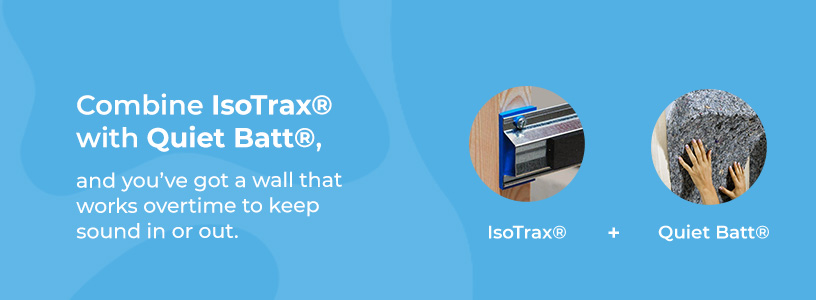
Mass Loaded Vinyl (MLV)
This one is like a secret weapon. MLV is a super-dense and flexible sheet that truly blocks sound. You can install it directly behind drywall or inside the wall. It works great in spaces like home studios, offices and apartments. It is thin, but do not let that fool you — it is powerful.
Soundproof Blankets or Acoustic Quilts
Maybe drywall is not an option. No problem! Acoustic blankets are a great alternative for spaces that need quick, non-permanent sound control. Moving blankets are OK in a pinch, but they do not block much. Quilts made specifically for soundproofing are much better. Multilayered acoustic quilts with fiberglass and MLV are workhorses that really cut down noise and can be hung like curtains or panels in all kinds of settings.
So, Is Drywall Good for Soundproofing? Yes — When You Use It Right
Drywall by itself might not block out the world, but it is a solid foundation to build on. Add the right materials, like Quiet Batt®, IsoTrax® or MLV, and you can turn an ordinary wall into a serious sound barrier. See what our sound solutions look like in various spaces to get inspired.
The Everyday Benefits of a Quieter Space
Why does it matter? Soundproofing is not just about silence. It is about creating a space that feels calm, focused and comfortable. Imagine a home where you can fully relax without the distractions of outside noise, or a workspace where productivity soars because unwanted sounds are minimized. These benefits highlight how soundproofing enhances overall well-being and daily life, making it a worthwhile investment for any environment.
Need Help With a Project?
Soundproofing with drywall is a multifaceted process that requires careful planning and execution. At Soundproof Cow, we make it easy to find exactly what you need to tackle your noise problem, thanks to our solutions-based approach to sound reduction. We carry high-performance materials that you can browse today for all types of walls, rooms and budgets.
If you are not sure where to start, our drywall sound insulation pros are just a call away. Call us at 866-949-9269 or reach out for a free acoustic analysis so we can recommend personalized solutions for your project, big or small. We are here to help you find the best solution for your space.





